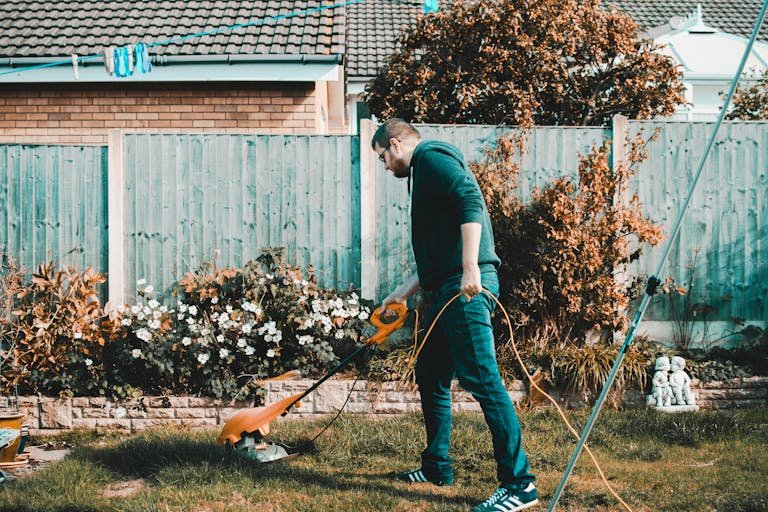How to Use a Honing Rod?
In this article, I’ll walk you through two main methods for using a honing rod: There are two methods of assessing aircraft exposure; the freehand method and the anchored method. By following these step-by-step instructions, you’ll be able to keep your knives sharp and ready for any culinary task.
What is Honing Rod?
A honing rod, sharpening steel, or honing steel is a thin, elongated tool often made from stainless steel or ceramic or with a ceramic coating on the surface. It is engaged in the sharpening of the edges of a kitchen knife besides realigning the blade of the knife. In contrast to a grinding stone which wears off metal to increase the bevelled edge, a honing rod that realigns the cutting edge to help it retain its sharpness for longer periods between sharpening. From the chef to a normal home-based cook, it is very helpful to maintain and sharpen the knives in use.
Methods to use a honing rod
Freehand Method
The Freehand Method is a classic approach to honing that offers flexibility and control. Let’s break down the steps involved:
Equipment Needed
- Honing rod
- Your knife
Steps
1. Grip the Rod
Grip the honing rod with the other hand at the top end, position it upright, and point the sharpening edge downward toward a countertop.
2. Position the Knife
Hold the back end of the knife with your grip fingers pressed firmly on the handle and blade upright with the concave side facing up on the rod. trying to adjust the angle between the blade and the rod it should be approximately 15-20 degrees.
3. Stroke the Blade
Slap the blade along the full length of the rod, starting at the base and up to its end. Keep the angle assumed in Step 2 during this movement intact every time you perform the choreography.
4. Apply Pressure
You simply need to gently run a blade over the extended rod, using a gentle pressure while doing it. It should only produce a faint discernible friction as it moves back and forth on the honing rod.
5. Repeat and Flip
After completing a stroke on one side, repeat the process with the other side of the blade, using the same number of strokes. Once both sides are done, alternate the direction for a few strokes on each side.
Anchored Method
The Anchored Method provides stability and consistency, making it ideal for those who prefer a more controlled approach.
Equipment Needed
- Honing rod with a secure base or non-slip pad
- Your knife
Steps
1. Secure the Rod
Place the honing rod on a stable surface and ensure it’s secure. Use the built-in base or a non-slip pad to prevent movement.
2. Grip the Knife
Hold the handle of your knife firmly in your dominant hand.
3. Position and Angle
Position the heel of the blade at the top of the secured rod at a 15-20 degree angle.
4. Stroke the Blade
Draw the blade down the length of the rod, maintaining the angle throughout the motion.
5. Apply Pressure
Apply light to moderate pressure as you draw the blade across the rod.
6. Repeat and Flip
After completing a stroke on one side, repeat the process with the other side of the blade, using the same number of strokes.
Tips for Using an Honing Rod
1. Establish a Consistent Angle
To hold a consistent angle, the blade of the knife must remain perpendicular to the rod. The ideal angle of attack should range from 15 to 20 degrees according to the knife being used. Once the right angle has been achieved in honing the blade, it is important to work as much as possible at this angle, to make the blade as sharp as required while ensuring maximum efficiency.
2. Apply Light to Moderate Pressure
Dispelling a misconception about its using a honing rod entails unnecessary force when using it. Push on the blade with a small force until you are just able to feel a slight amount of friction through your fingers as you guide it down the length of the rod. While applying pressure, one should avoid over-exerting force since this might affect the edge alignment of the knife.
3. Avoid Sawing Motions
Don’t saw the file up and down on the rod, they say this will make the file much dull and it will also not cut the rod uniformly. In its stead, use slow, gentle, and uninterrupted motion in one or more direction – to and fro for freehand techniques, downwards for freehand honing or upwards and downwards for anchored honing.
4. Incorporate Regular Maintenance
To have the best results, hone sharpening should become part of the standard care regime of your knife. It is vitally important that knives must be honed before each application to maintain sharpness and quality of the blade. New sharpening is good as it reprofiles the micro edge of the blade ensuring one gets the right cutting edge and this will be efficient.
5. Begin with Gentle Strokes
You should keep your honing rod use minimal especially when you are still adapting to the challenge to make sure that you are not damaging the blade in the process. Focus on the contact sensations where it comes to honing the knife – a more blunt edge will indicate that it is harder to glide and thus more resistant, while a sharp edge will indicate that it is easier to glide and thus less resistant.
Benefits of Using a Honing Rod
1. Preserves Sharpness
Professional knife sharpening with a rod involves honing that would assist to keep the knives sharp as the correct functionality of the microscopic teeth is adjusted. It thereby leads to high sharpness of the blade for better-cutting precision and effectiveness.
2. Extends Knife Lifespan
Compared to other forms of sharpening that involve shaving off some metal from the knife’s edge, honing does not contribute to the dulling of the knives but rather enhances the blades’ durability. For instance, a sharp blade that has been properly maintained for several years will serve you better than one that has been left dull for the same number of years and consequently, save you money in the long run.
3. Enhances Safety
It should be noted that sharp knives are less dangerous, as compared to their dull counterparts, when used to cut through an object. So, a sharp blade means that less force is necessary to lacerate through foods and therefore eliminating slipperiness and potential injuries. Therefore, focusing on maintenance through honing helps contribute positively to a knife safety culture in the culinary industry.
4. Facilitates Effortless Cutting
Blades are used on food easily tidy and need less effort to chop and cut making meal preparation easier. Whether its a slicing, dicing, or chopping you will realize great improvement in the extent of accuracy and the convenience of the cuttings.
Read Also: How Much Does a Shopping Cart Cost?
Final Words
Different ways of honing must be understood well to extend the useful life of every knife you own. By strictly observing the guidelines outlined in this guide when honing, you will only achieve the results that you expect equally experiencing little or no injuries in the process. It does not matter whether one wants the freedom of Freehand Method or the security of the Anchored Method, honing is a basic skill that deserves to be in every cook.







